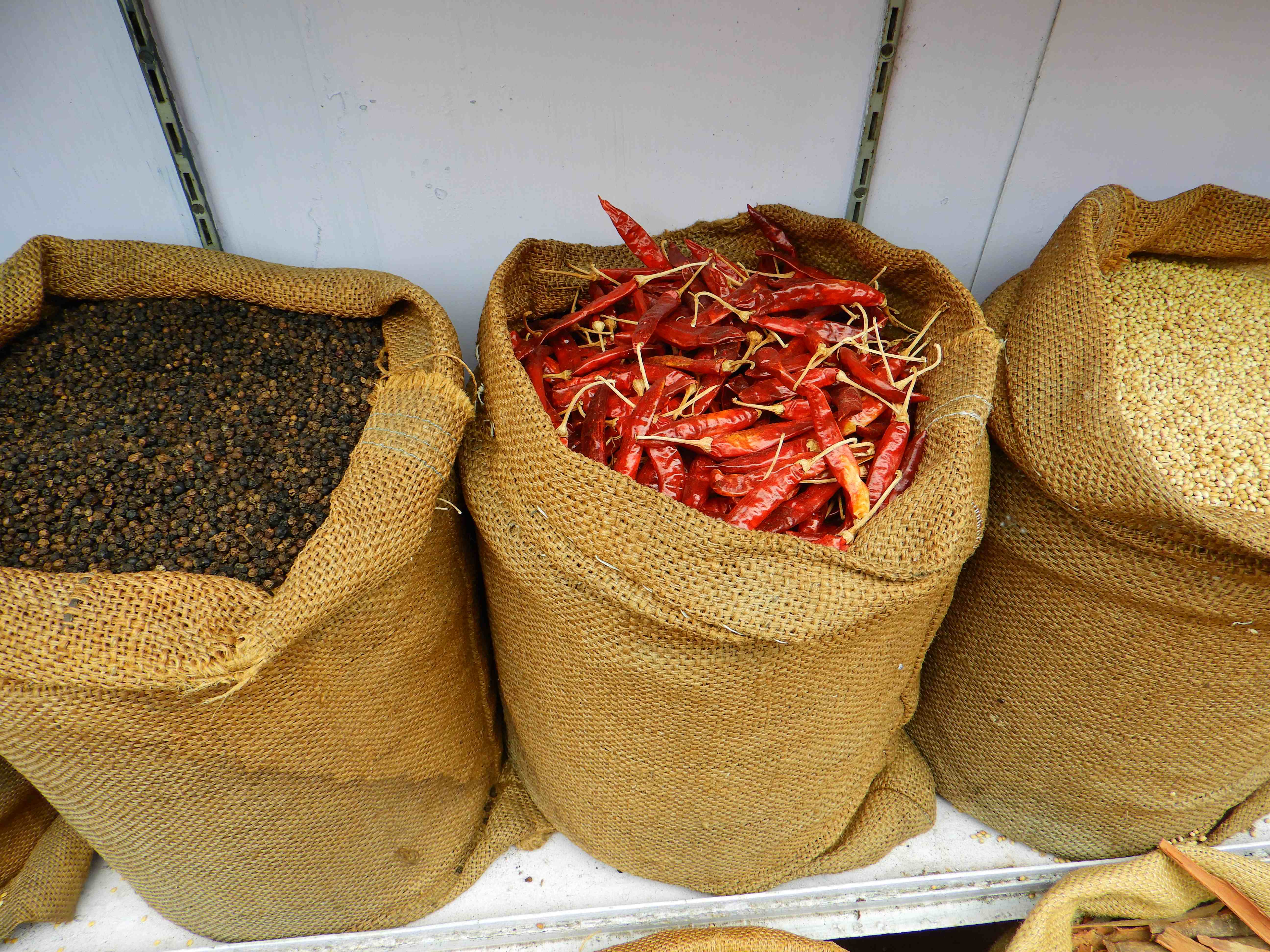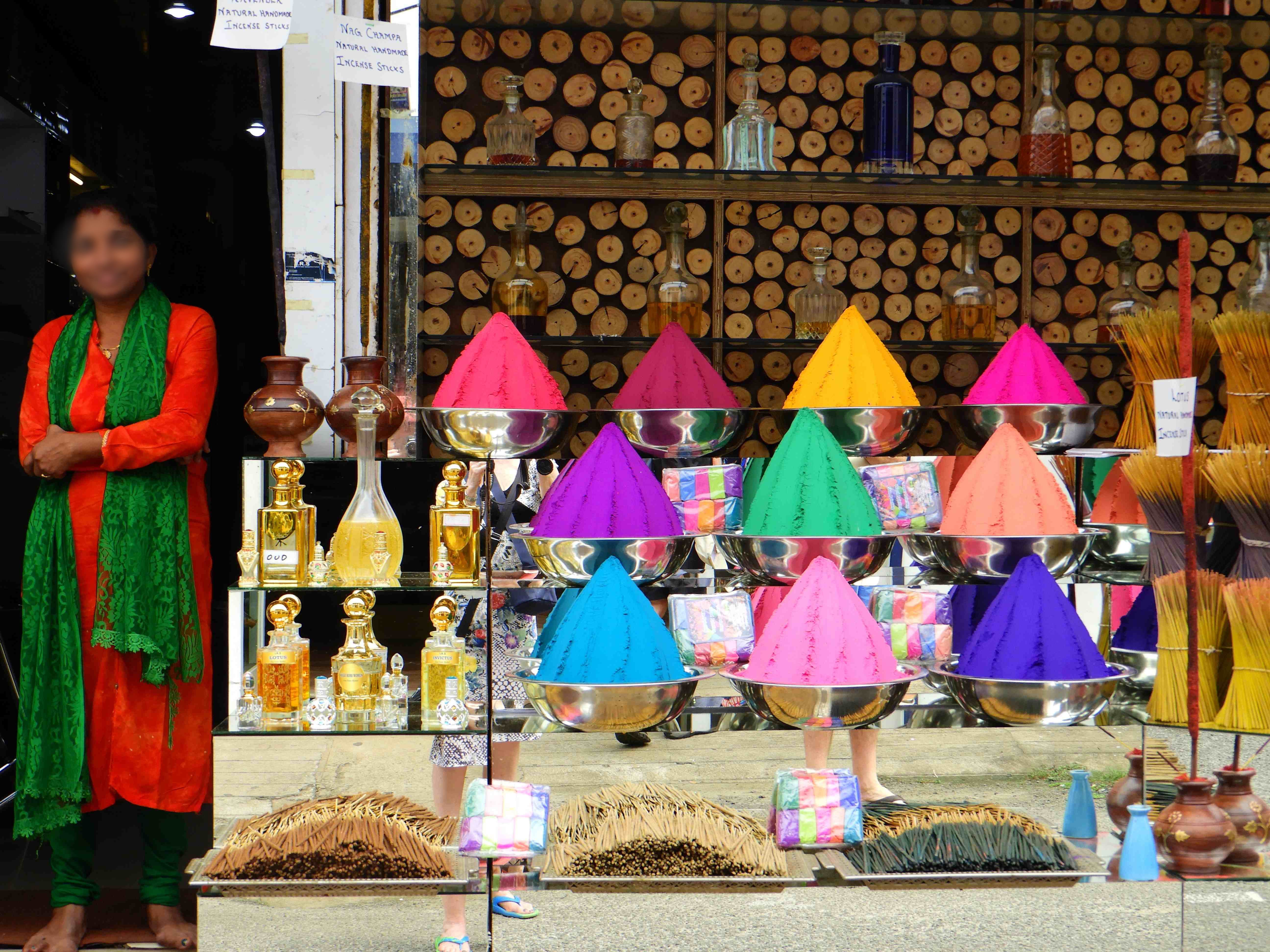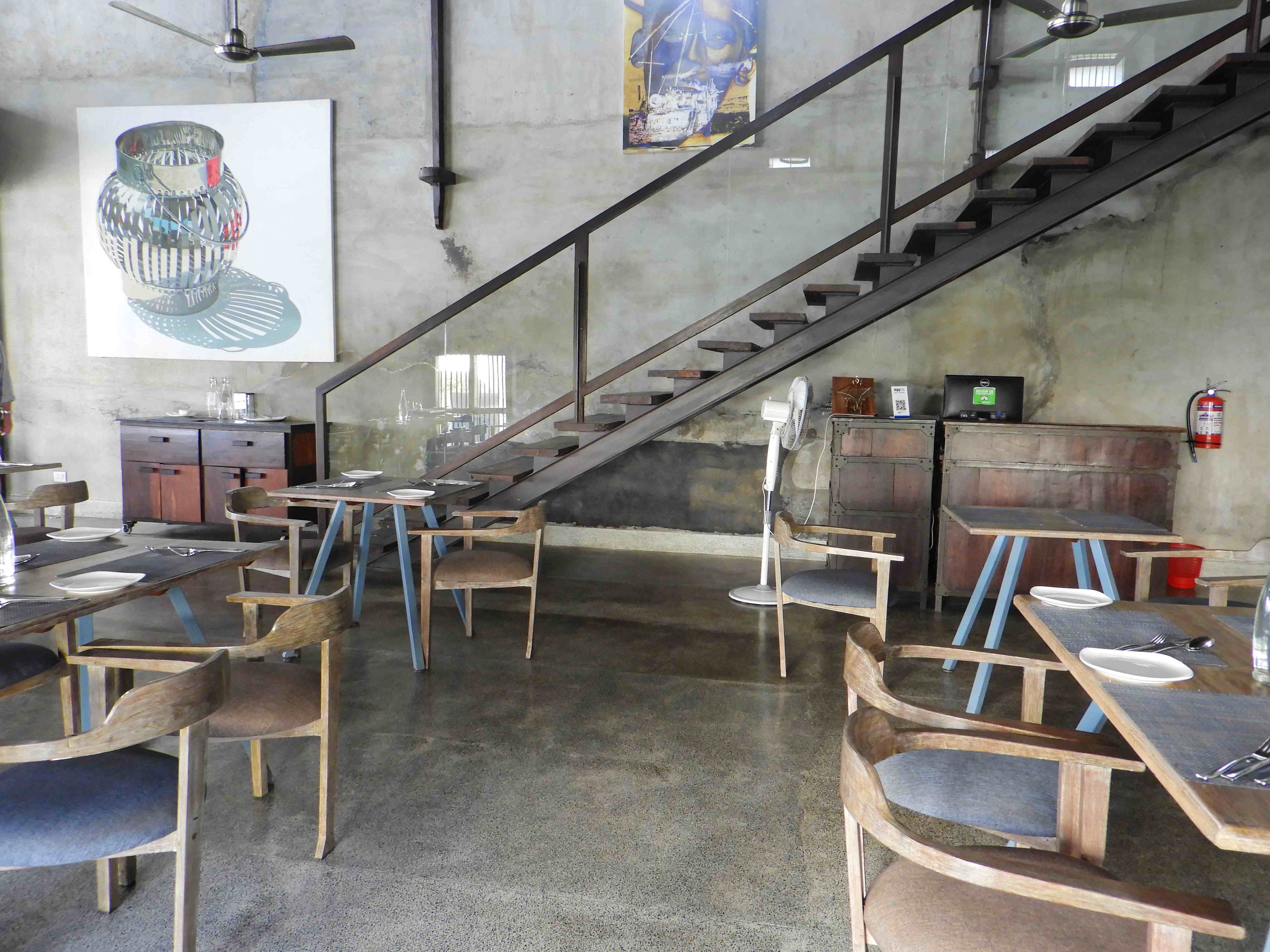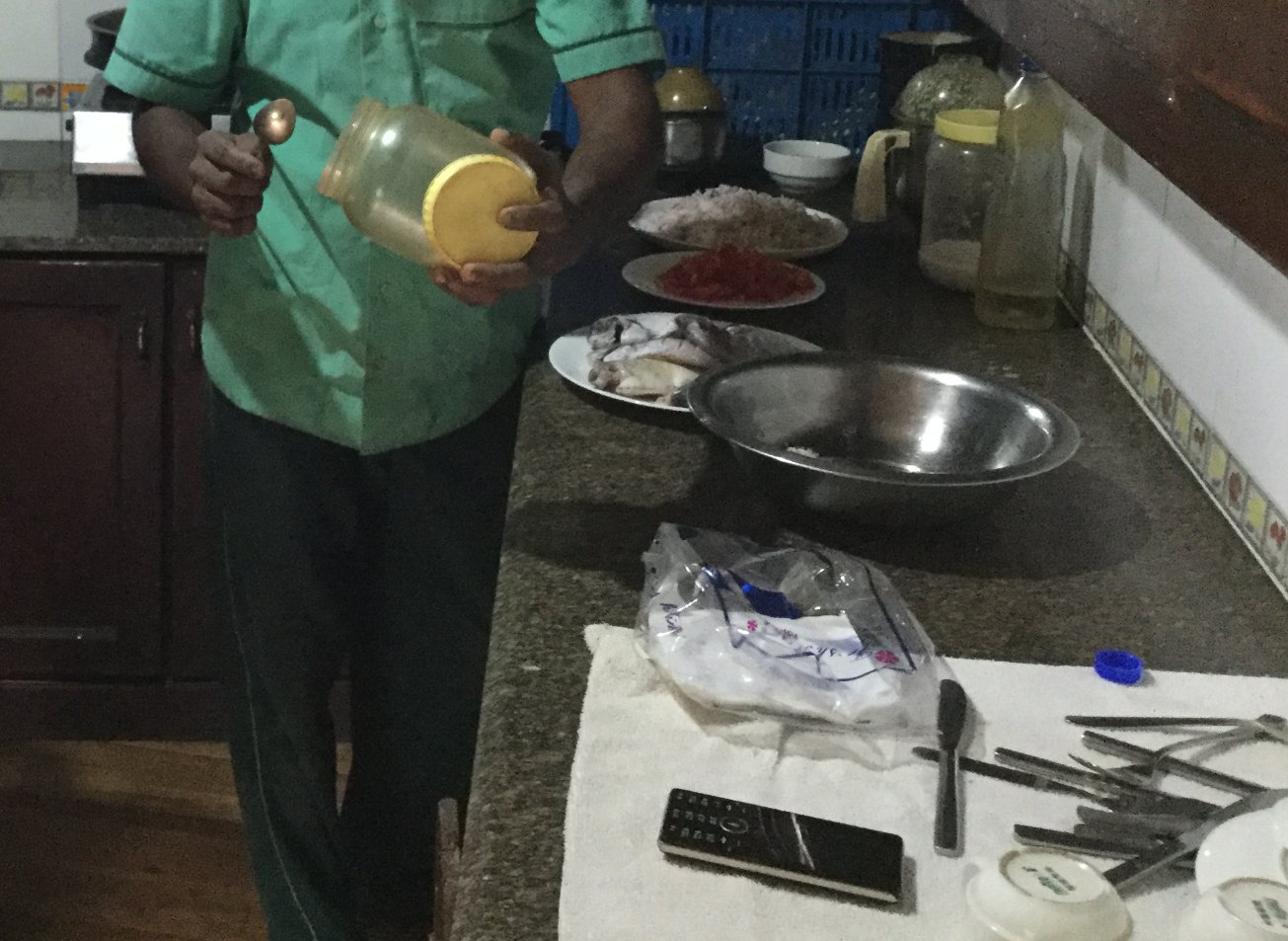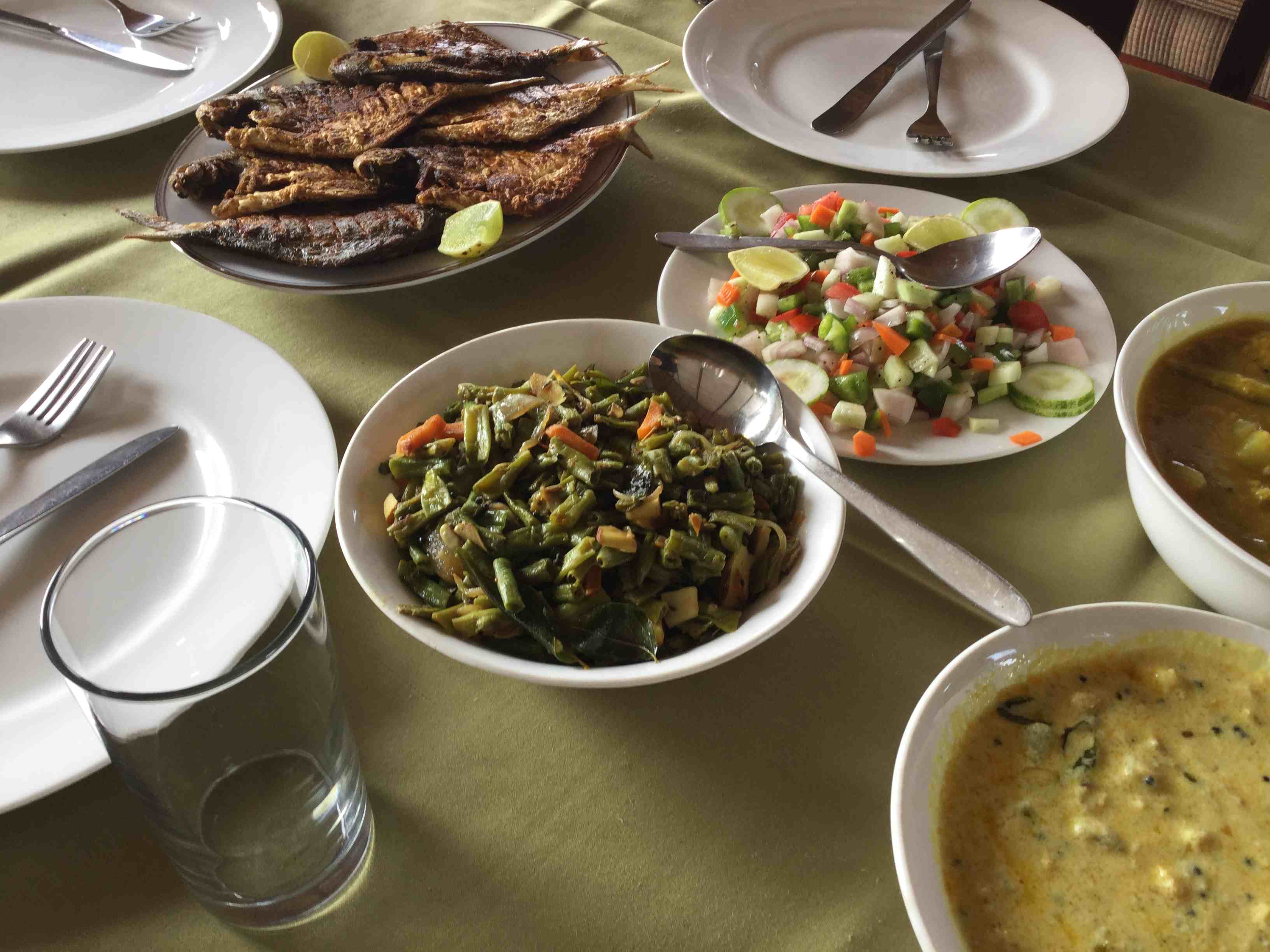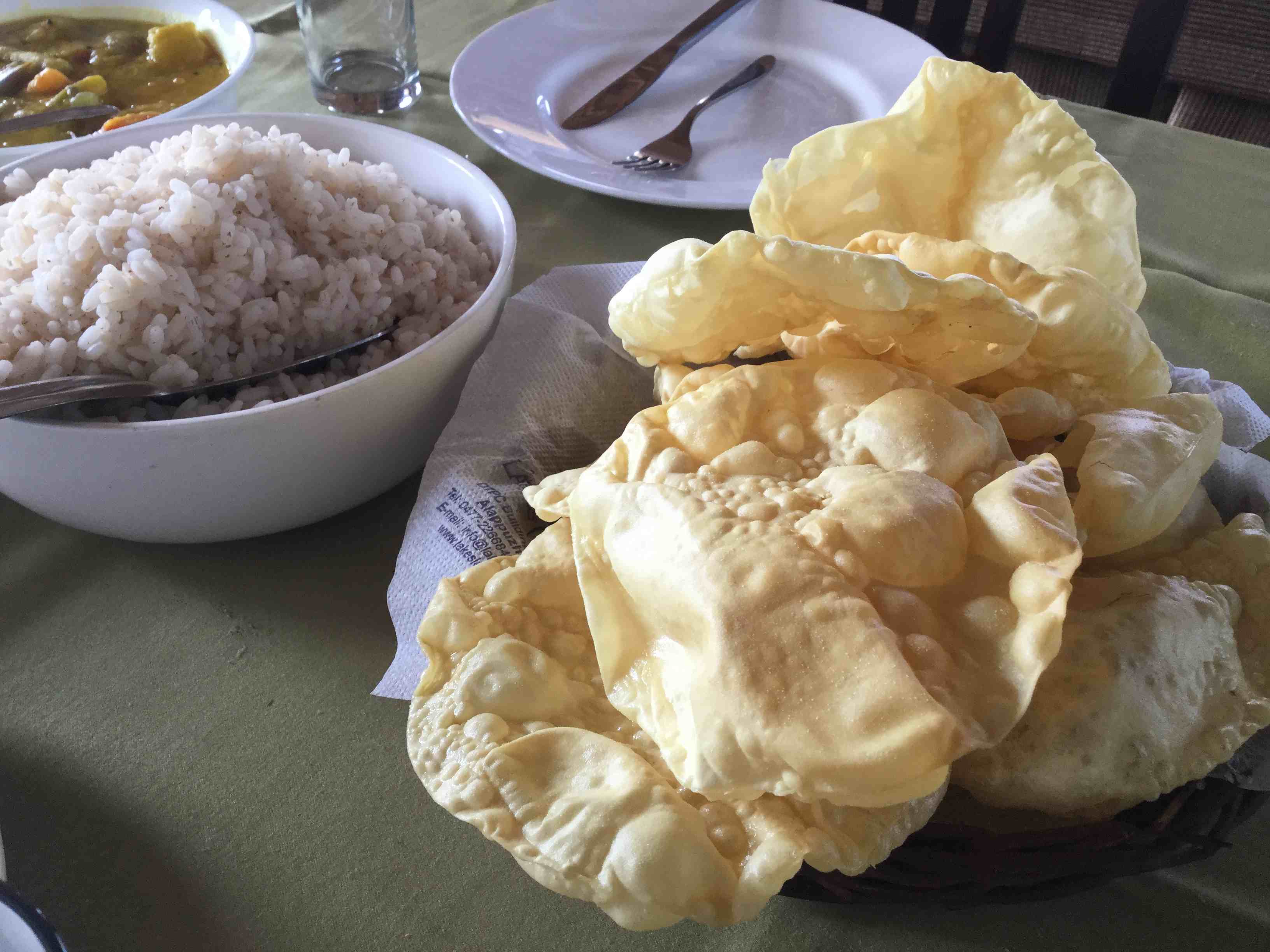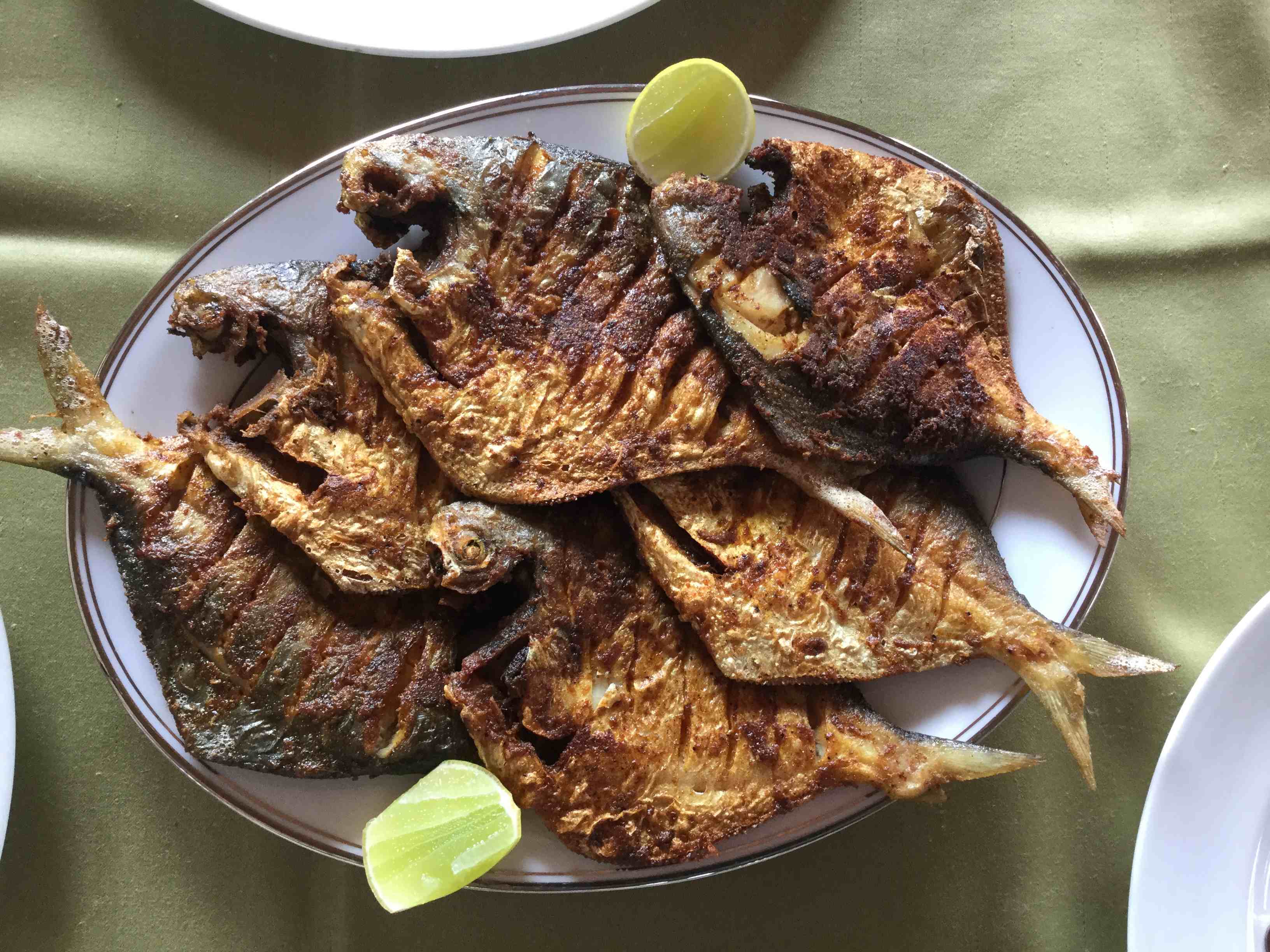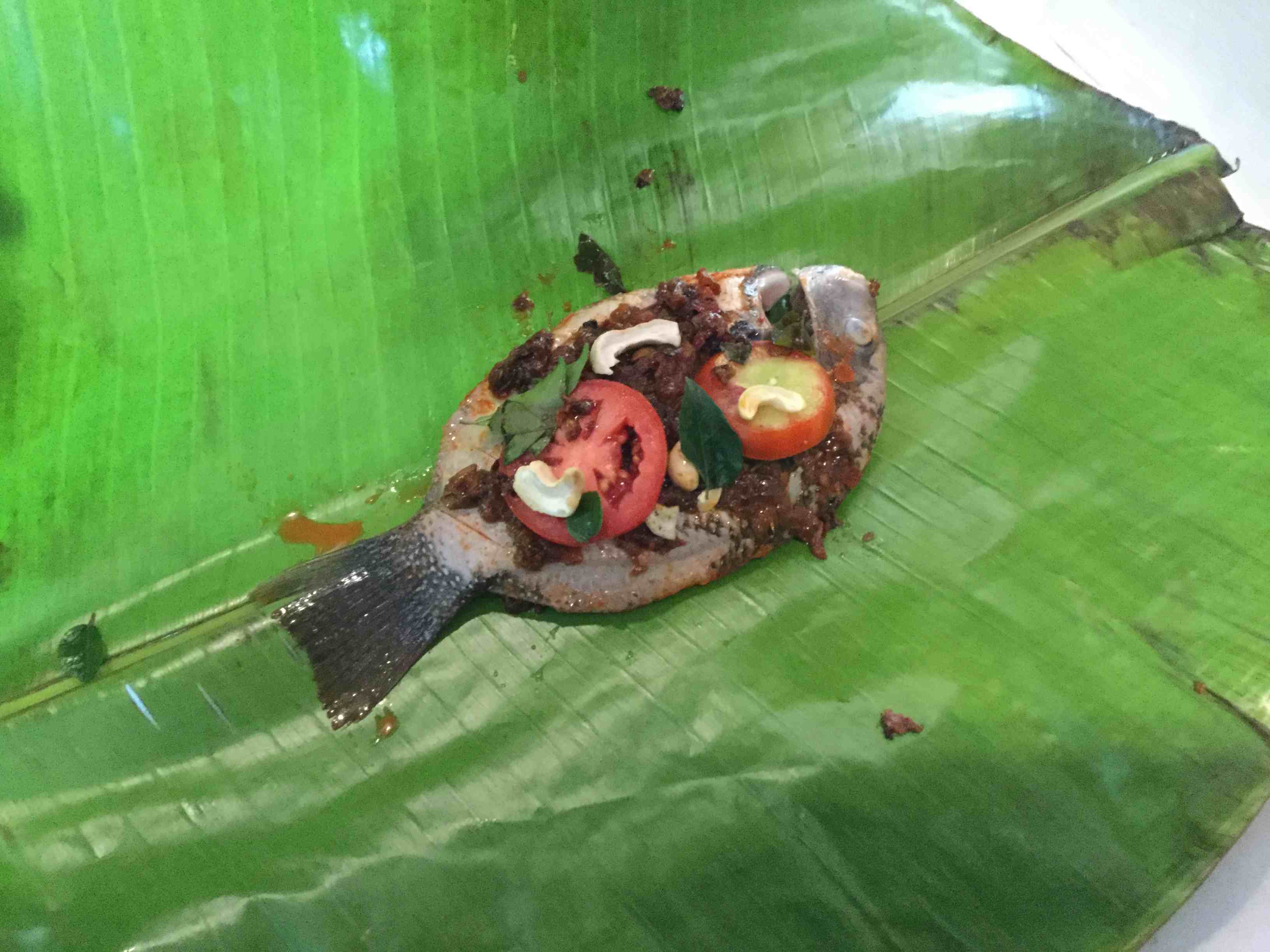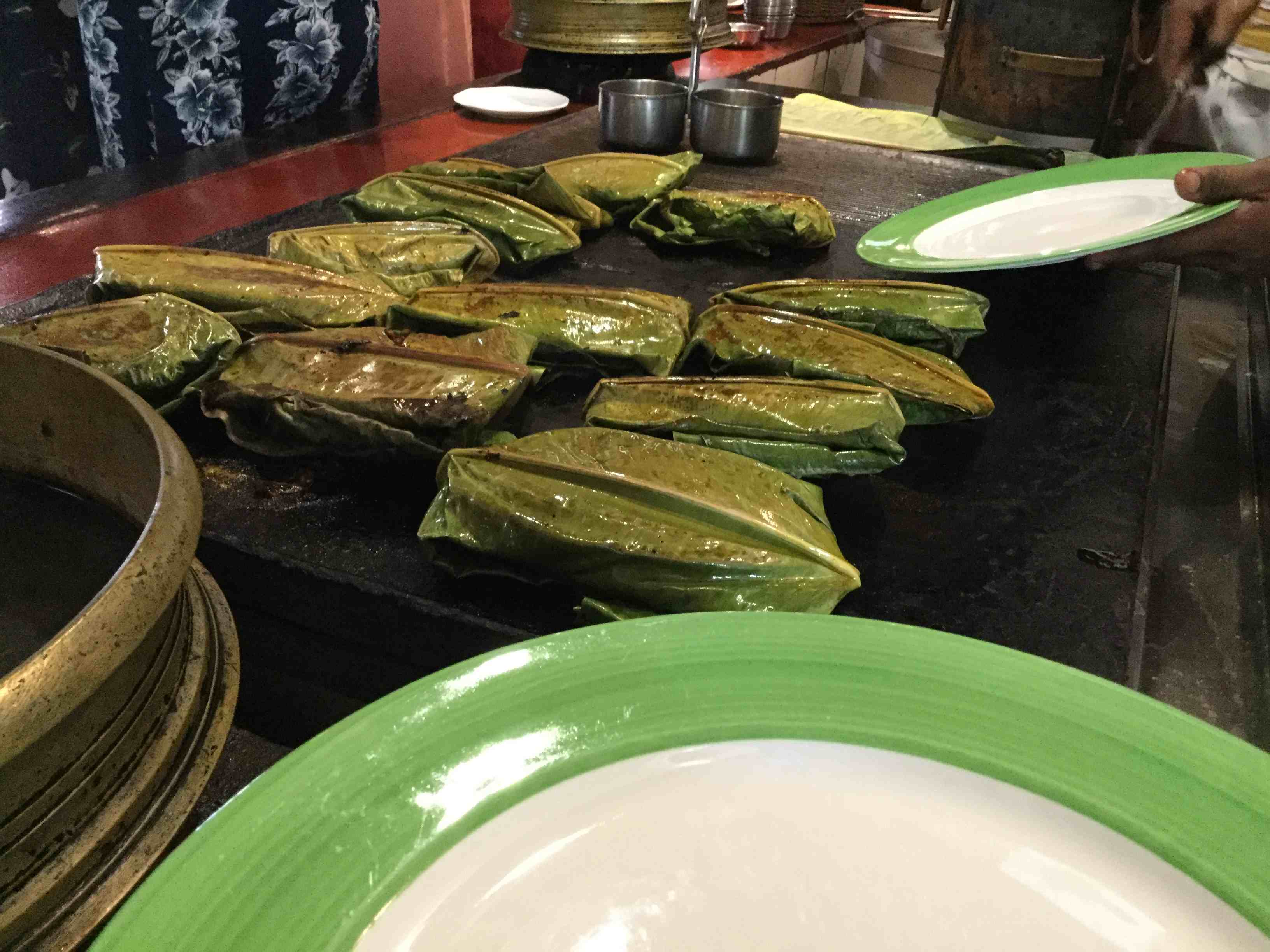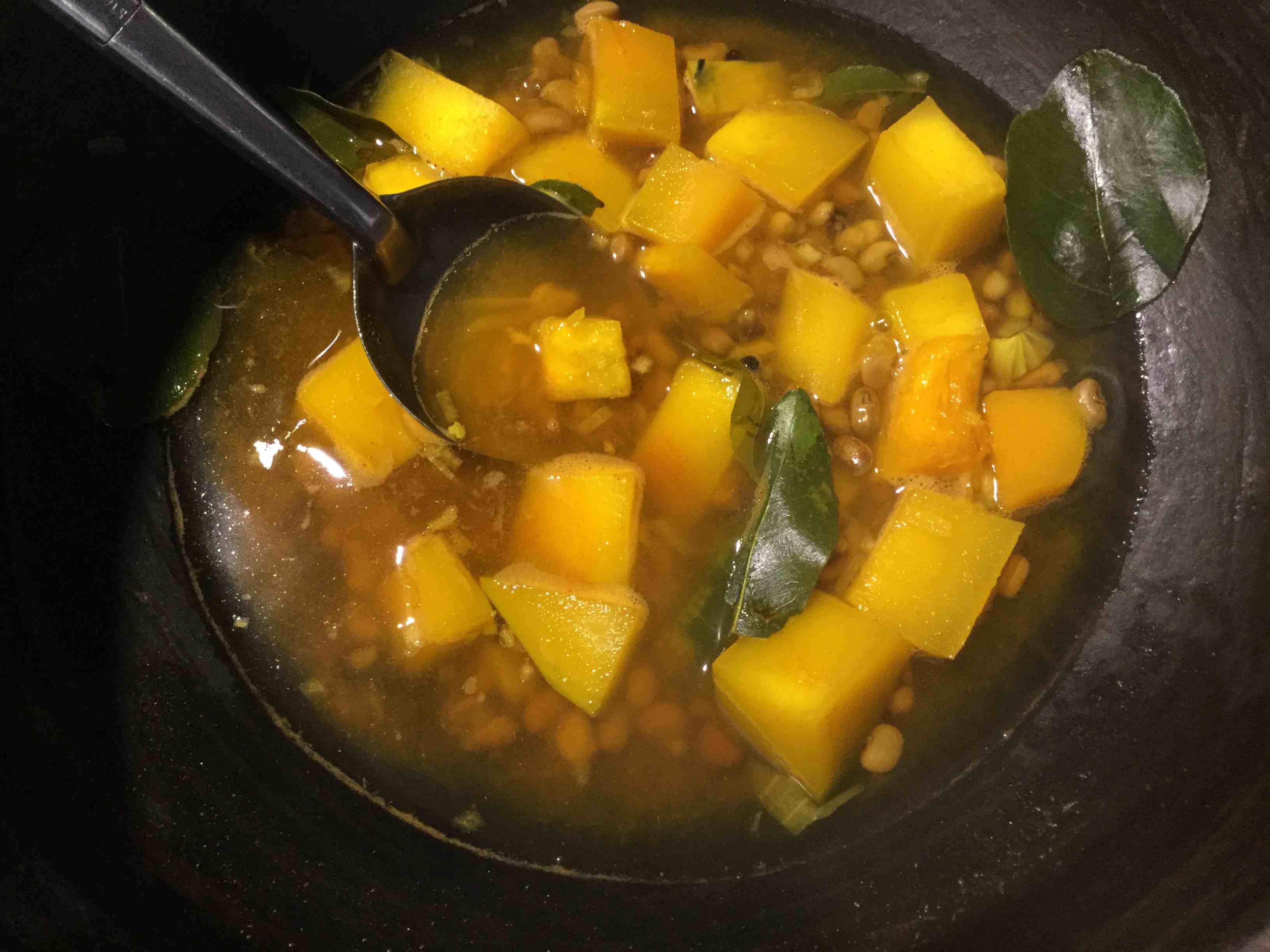Continued from Kerala Waters
Kerala is the most southerly western state of India and its coastline is part of the fabled Malabar Coast. It has its own cuisine, with influences from traders and settlers from Arab, Mediterranean and European countries dating back thousands of years, along with their religious influences including Christian and Jewish. With the arrival of Vasco da Gama in 1498, Kerala played an important part in the spice trade and other exotic products.
We experienced Kerala cuisine in a number of ways. Our hotel in Kochi, Xandari Harbour, had its own upmarket restaurant serving fusion-style food.
We had lunch at Malabar House, with perhaps the most acclaimed Kochi restaurant, again with modernised local cuisine.
Walking the streets of Kochi we ended up at Ginger House for the most amazing ginger ice cream. See the recipe at the end of this blog post.
However, it was on our houseboats where we experienced the true local cuisine. Our group of 17 was divided between four boats: three with two cabins and one with three cabins. Each boat had its captain, engineer and chef. Each chef prided themselves on their skills and would invite us into the kitchen to see how things were done.
They would serve up extensive breakfasts, lunches and dinners based around local produce and dishes. The following photos are of our first lunch, when we were invited to eat off banana leaves using our fingers.
Our stay at Coconut Lagoon resort included a three hour cooking session with head chef, Naveen, and his staff. All the preparation was done for us and it was simply a case of putting it all together! (Naveen had done some of his training under Goa’s acclaimed chef Rego – see next blog post.)
We cooked two dishes. One was the Kerala celebration dish, called Karimeen Pollichathu (which our chefs on the boats had also cooked for us). It uses a particular type of small fish, but other fish and fillets would work well. The fish is marinated for 30 minutes or more. We prepared a separate masala mix of spices and flavourings. We learnt to gently warm banana leaves over a flame so they became subtle enough to fold and wrap up the fish with its masala. Then each person’s fish was cooked on a hot plate. We served it with a pumpkin curry (recipe below). Both dishes were exceptional.
Pumpkin Erussery – A mild pumpkin ‘curry’
Erussery (sometimes spelt erissery or erisseri) comes in different forms. This easy but very moreish pumpkin version came from Chef Naveen, Coconut Lagoon, Kerala.
The dish is made in two stages: one is cooking the pumpkin to soften; the other is creating a tempered spice mix that is added at serving time.
We often came across the terms ‘tempering’ or ‘tempered’ during our travels in Sri Lanka and India. It is a separate and distinct stage in the preparation of a dish. It involves treating spices and sometimes other ingredients such as ginger or chillies in a particular way in order to bring out their full flavours. Because tempering releases the essential oils in the spices it elevates a dish to a way new level of deliciousness.
While many of us are familiar with and have used these processes, it is useful to have a term to describe the process. The tempering ingredients can be cooked for a short time in oil or ghee. Or just the spices can be dry roasted then ground. The tempered spices can be the first stage of a dish, with other ingredients added to the mix. Or the tempered spices can be added to the other ingredients at the end, as they are in this pumpkin recipe.
If you don’t have red beans, use a suitable substitute (soaked and cooked until soft; or tinned). Grated coconut gives a distinct result, so use it if possible. Otherwise soak some desiccated coconut in a small amount of cold water to soften. Curry leaves give a distinctive flavour as well, and fresh ones are generally easy enough to find (unused leaves can be frozen). Use peanut oil if coconut oil is not available. Half the coconut and half the curry leaves are cooked with the pumpkin, and the rest tempered.
The dish can be prepared ahead of time in its two parts, both reheated before combining.
Ingredients for two to four:
500 g pumpkin, cubed
10 g ginger, finely diced
1/4 tsp turmeric powder
1/2 tsp chilli powder
1 dsp cracked black pepper
2 sprigs curry leaves, to give about 20 leaves
1/4 tsp salt
water
100 g red beans, or equivalent, cooked
2 heaped tbsps grated coconut, or equivalent
1 tsp cumin seeds
2 tsp coconut oil
1/2 tsp black mustard seeds
(optional) chopped onion, curry leaves, chilli, …
Method:
Pumpkin:
In a saucepan, add the pumpkin with the ginger, turmeric, chilli, pepper, half the curry leaves and salt. Barely cover with water. Bring to a simmer to soften the pumpkin. Add the beans and combine. Use the back of a fork to partly mash the pumpkin so that it breaks up somewhat, but still has some texture. Make a paste with half the coconut, cumin and a dash more black pepper. Stir into the pumpkin mixture, cook for another few minutes.
Tempering:
While the pumpkin is cooking, add the oil to a small saucepan. When hot add the mustard seeds (they will crackle and start to spit), then add the remaining grated coconut and curry leaves (and optionals). Sauté it well over medium heat until nicely browned.
Combining and Serving:
Add the warm tempered spices to the warm pumpkin mix, swirl through gently. Serve with rice or other curry dishes.
Equipment: Two saucepans.
Degree of difficulty: 2/5 (not difficult). Allow 30 minutes for preparation and cooking.
Ginger parfait ice cream
The method told to me in Kochi was basically a standard ice cream recipe. That is, make a “custard” from the eggs, add the other ingredients then churn it all in an ice cream maker. However, with the recipe below you don’t need a churn as it is a parfait method, which still gives a lovely ice cream-like result. The sugar is heated to a certain point then combined with the beaten eggs. Once cooled slightly the ginger and whipped cream are folded in, before freezing. Scoop it out or serve in slices.
Make sure the ginger is very fresh, with skin that is soft rather than withered. Peel it with a teaspoon or a sharp knife or peeler (not cutting away too much). Use a fine grater that will give a puree like result with some juice and some small pieces, all of which you add to the final result; there may be some stringy bits but they will provide some chewy, crunchy texture.
The ice cream in Kochi had a lovely lemon yellow colour. You can add a small amount of turmeric powder to bring out that colour, but our preference is to add some yellow food colouring (we used Queen brand). Omit the colouring if you wish but it does look sensational if you include it – see the photo earlier in this post. Too much turmeric will give it a slightly peppery or “curry” flavour. The ginger will give it a natural “hot” flavour anyway.
The egg mixture needs to be cooled and beaten at the same time. Do this over a bowl of ice cold water and ice. (If you have an ice cream churn, adapt this recipe for it.)
Ingredients
100 g to 150 g finely grated fresh ginger
300 ml whipping cream
4 egg yolks
100 g sugar
5 tbsps water (75 ml)
yellow food colouring (several drops)
(optional) turmeric powder
1 litre mould for freezing
Method
Peel and grate the ginger on a fine setting and refrigerate until required. Stir well just before using.
Whip the cream to soft peaks and refrigerate as well. Give it a quick whisk later before combining with the remaining ingredients.
The egg yolks need to be beaten – do not use a large mixing machine, unless you are increasing the ingredients, as it can be too awkward pouring in the sugar syrup and it can catch on the sides and crystallise. Instead use a smaller bowl with a hand held beater. Place egg yolks in mixing bowl and beat them until they double in size and become more pale in colour.
At the same time, combine the sugar and water and heat in a saucepan. Stir with a metal spoon and once all the sugar is dissolved bring to the boil. You need another five to ten minutes. The sugar syrup needs to reach a temperature of about 108oC if you have a sugar thermometer. If not, take it to the stage where large uneven bubbles are replaced by small even sized bubbles and the mixture is thicker and a slight cloudy white. Do not overcook it or let it turn slightly brown as the sugar may solidify in the eggs. Remove the sugar syrup from the heat.
Immediately beat the egg yolks with the mixer for a few seconds to recombine. Carefully pour in the sugar syrup in a steady stream mixing all the time. You don’t want the eggs to “cook”. Continue beating until the mixture has cooled to room temperature – this is best done by placing the mixing bowl over a larger bowl of chilled or ice water with ice cubes. The mixture will change to a white colour, double in volume and become almost as thick as the whipped cream.
Quickly fold in only about 100 g of the ginger puree. Add some yellow food colouring (and a dash of turmeric if you dare) until you achieve a bright colour. Then stir in the whipped cream – this will soften the colour and the flavour. Add more food colouring if needed; taste and adjust for the ginger if needed (you might or might not use the remaining 50 g). The taste should be quite sweet but distinctly gingery (it loses some sweetness when frozen).
Pour into mould, cover with a lid or plastic wrap and freeze for at least 4 to 8 hours. To serve, scoop out or, instead, unmould and serve in slices. (Frozen longer it becomes more solid but tastes fine. Allow to sit at room temperature for a few minutes to soften.)
Serves 6 to 10. It is excellent with chilled fruit such as berries or diced mango or pineapple.
Difficulty: 4/5. Reasonably difficult as it requires care not to overcook the sugar and not to “cook” the eggs.
Continued:
For a continuation of our travels, see: Goa.



